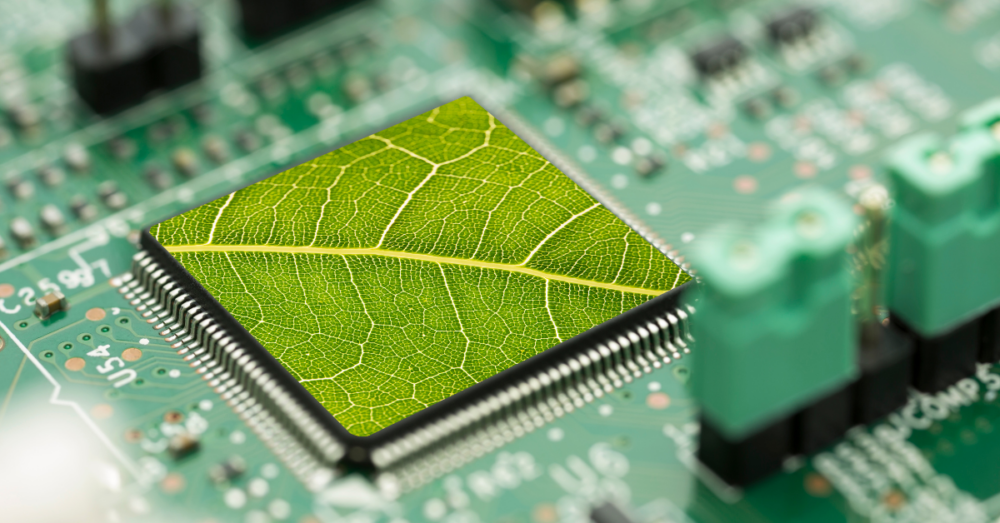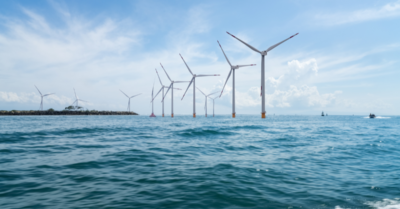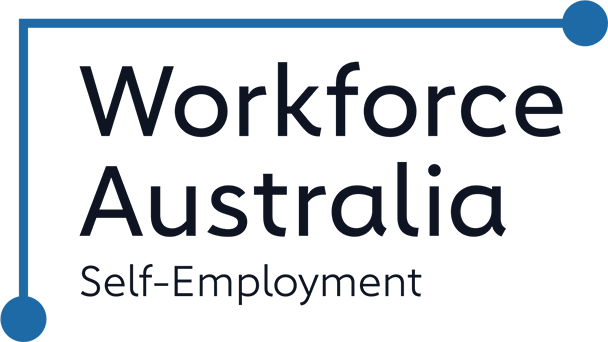Using Technology to Reduce Carbon Emissions in SMEs
September 13, 2024
Australia is facing increasing challenges when it comes to climate change, which means reducing carbon emissions has become a top priority for businesses of all sizes. Utilising a wide range of technology can help small and medium-sized enterprises (SMEs) reduce their carbon emissions while providing the added bonus of improved operational efficiency and cost savings. Here are five key ways Australian SMEs can leverage technology to achieve their reduced carbon emission goals.
1. Energy-Efficient Technology
There are a number of energy-efficient technologies that can be implemented to help reduce carbon emissions. LED lighting uses approximately 75% less energy than halogen bulbs and also lasts anywhere between 5 to 10 times longer, reducing replacement costs and the amount of waste heading to landfill. Smart thermostats are also becoming increasingly popular in Australia. Smart thermostats allow you to adjust temperature settings based on usage patterns and uses AI to learn from past actions and behaviours. This can significantly reduce energy consumption and can save up to 10-12% on heating costs and up to 15% on cooling costs.
2. Cloud Computing
IT infrastructure can have a huge impact on the level of carbon emissions produced by a business. By migrating to cloud-based services, businesses can remove the requirement of on-site data storage, which can use a lot of energy. Major cloud providers like Microsoft Azure utilise energy-efficient data centres and renewable energy sources, which makes cloud computing a more sustainable option for any business.
3. Smart Building Technologies
Installing smart building technology allows businesses to significantly reduce energy consumption. Building Management Systems (BMS) allows you to monitor and control lighting, heating, ventilation and air conditioning (HVAC) systems by using sensors and data analytics. Some of the energy-saving strategies that BMS enables are precise control of comfort conditions, precise start-up and run times, seasonal adjustments, and early detection of equipment failure. Optimising these systems allows SMEs to significantly reduce energy costs and reduces carbon footprint.
4. Blockchain Technology for Supply Chains
A blockchain can be described as a decentralised digital ledger that can record transactions among multiple stakeholders in a way that can be verified and unable to be tampered with. Utilising blockchain technology to record every transaction and movement of goods allows businesses to ensure that each component of the supply chain adheres to their sustainability goals.
5. Remote Working and Collaboration Tools
Remote working has become more widely accepted, following the COVID-19 pandemic. Not only has this improved work-life balance for employees, but it has also provided a significant opportunity for businesses to reduce their carbon footprint. Having fewer employees commuting to an on-site location results in decreased transport emissions. Hybrid and fully remote working approaches also reduce the need for larger office spaces, lower energy consumption for heating, cooling, lighting. SMEs can implement tools such as Microsoft Teams, Zoom and Slack for communication and project management requirements, while secure file-sharing platforms like Microsoft OneDrive and Dropbox ensure that remote working is efficient and secure.
Business Foundation can help your business achieve your sustainability goals by providing tailored advice on the best carbon emission reducing technologies for your business and how to implement them as part of a Digital Action Plan. Digital Action Plans are available as part of our Digital Solutions Program. Find out more here.
Acknowledgement Of Country
Business Foundations acknowledges the traditional custodians throughout Western Australia and their continuing connection to the land, waters and community. We pay our respects to all members of the Aboriginal communities and their cultures; and to Elders both past and present.
Victoria
The Commons
80 Market Street,
South Melbourne VIC 3205
admin@businessfoundations.com.au
Western Australia
Wesley Central
2 Cantonment Street,
Fremantle WA 6160
admin@businessfoundations.com.au


Get In Touch
Have a question or to find out how we can help you, please get in touch.






